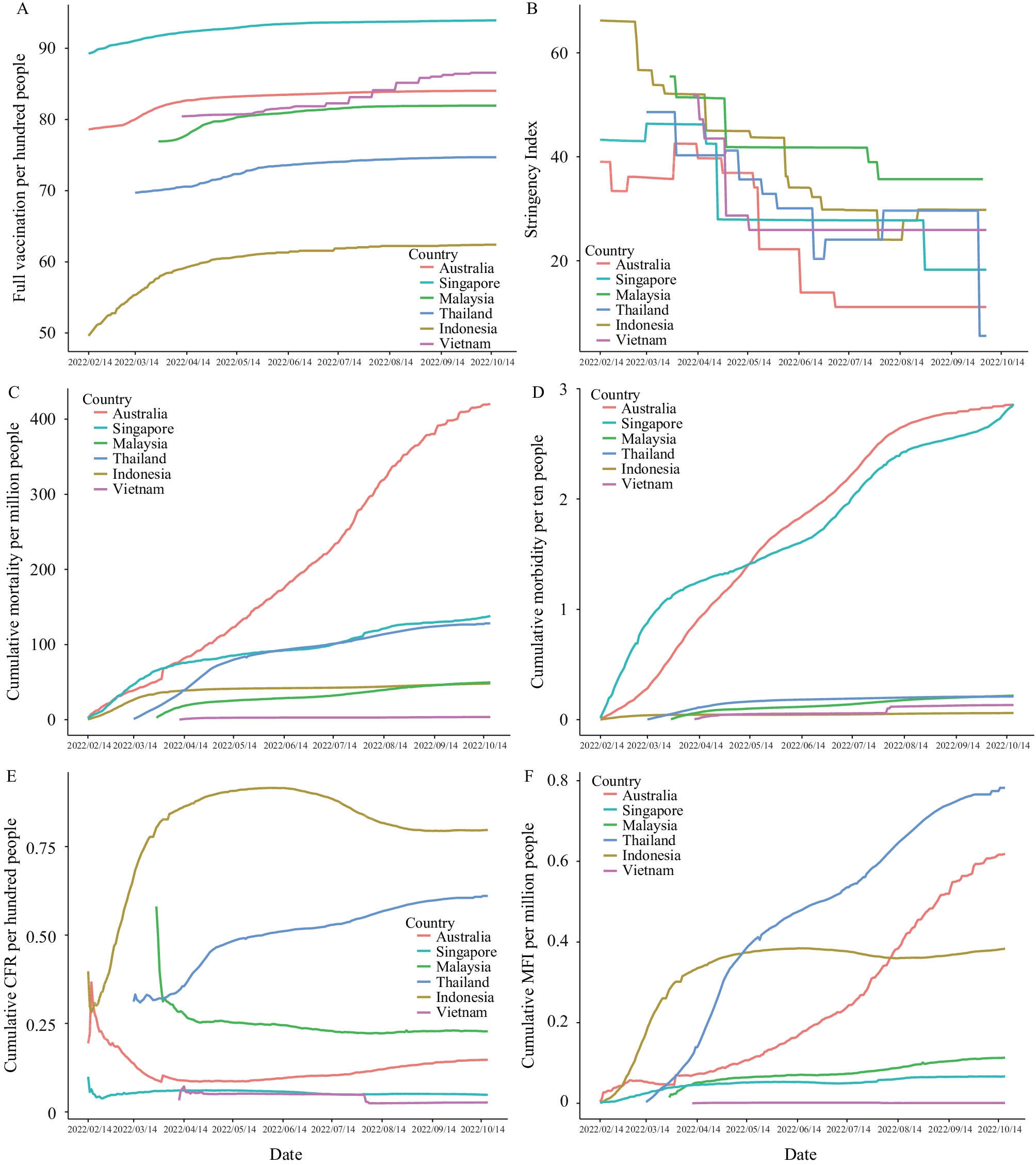2023 Vol. 5, No. 33
Diarrhea represents a substantial public health issue, contributing globally to a high number of pediatric medical consultations, hospital admissions, and mortality rates.
An increase in diarrheal frequency serves as a critical benchmark for evaluating severity. The predominant pathogens associated with pediatric diarrhea are rotavirus and norovirus, with co-infections exerting a notable compounding effect that leads to more severe diarrhea.
Implementing sensitive diagnostic techniques and comprehensive monitoring is paramount in identifying co-infections. Such strategies can provide physicians with critical insights into disease progression, thus considerably reducing the burden of diarrhea.
The coronavirus disease 2019 (COVID-19) persists as a significant global public health crisis. The predominant strain, severe acute respiratory syndrome coronavirus 2 (SARS-CoV-2), notably the Omicron variant, continues to undergo mutations. While vaccination is heralded as the paramount solution to cease the pandemic, challenges persist in providing equitable access to COVID-19 vaccines.
The distribution of vaccine coverage exhibited disparities between high-income and middle-income countries, with middle-income countries evidencing lower levels of vaccination. The data further suggested that countries with lesser vaccination levels tended to display a higher case fatality rate. Findings indicated that an increase in population-wide vaccination was effective in mitigating COVID-19 related mortalities.
The findings of this research underscore the pressing necessity for equitable access to vaccines to effectively mitigate the COVID-19 pandemic within the Asia-Pacific region.
Bacillus cereus (B. cereus) is a common gram-positive bacterium that contaminates starch-rich food and can cause outbreaks of foodborne diseases. This study describes the characteristics of outbreaks caused by B. cereus in China during 2010–2020 and explore the possible reasons for changes in the number of outbreaks over time. Results of this analysis can efficiently help guide and allocate public resources to prevent B. cereus-caused foodborne diseases.
Descriptive statistical methods were used to analyze the data on B. cereus outbreaks in China during this period. The data were identified and reported at all levels in China through National Foodborne Disease Outbreak Surveillance System.
From 2010 to 2020, a total of 419 foodborne outbreaks prompted by B. cereus were reported in China, leading to 7,892 cases, 2,786 hospital admissions, and 5 fatalities. The bulk of the outbreaks were recorded in the summer, primarily between May and September. The most recurrent food vehicle was linked with rice or flour-based products, notably those made with rice or fried rice. School canteens bore the brunt of the B. cereus outbreaks. In multifactor outbreaks, food contamination was identified as the most common culprit; while in instances where only one factor contributed, improper storage was most frequently implicated.
The prevalence of B. cereus outbreaks remained relatively consistent throughout the studied period. Understanding the types of foods, causative factors, and contributing elements leading to B. cereus outbreaks can help inform prevention strategies for foodborne illnesses. The majority of outbreaks were associated with rice- or flour-based foods in school canteens, suggesting contamination and improper storage during food preparation. Consequently, it is essential to prioritize continuous education for canteen staff on food safety, efficacious management, and proper practices. The implementation of comprehensive guidelines, encompassing multiple critical aspects, can potentially reduce the occurrence of B. cereus outbreaks.



 Subscribe for E-mail Alerts
Subscribe for E-mail Alerts CCDC Weekly RSS Feed
CCDC Weekly RSS Feed

